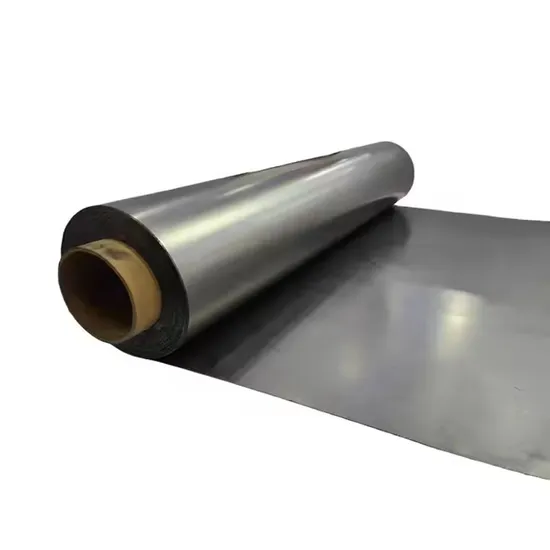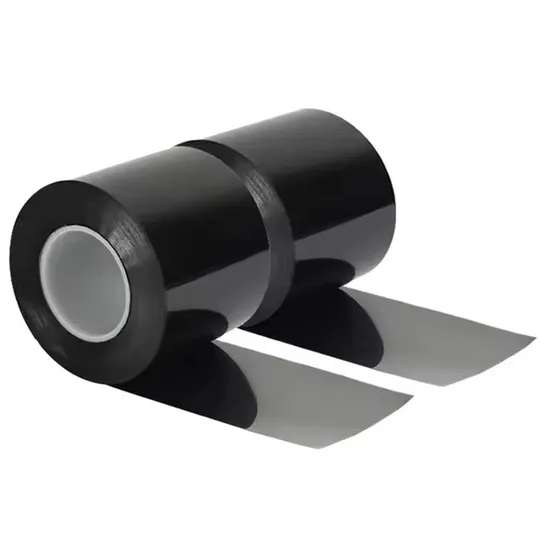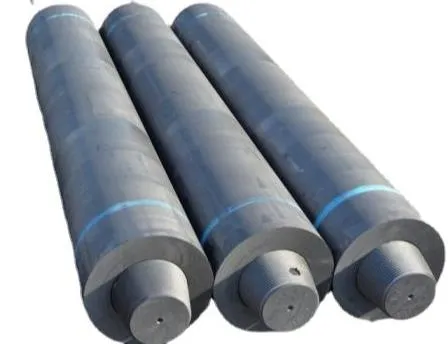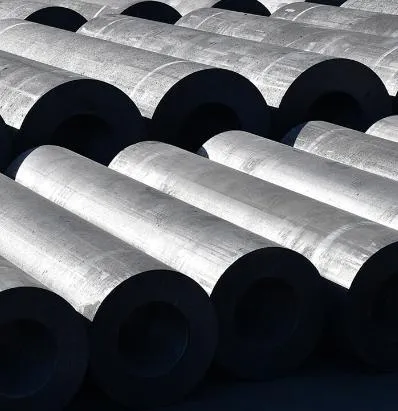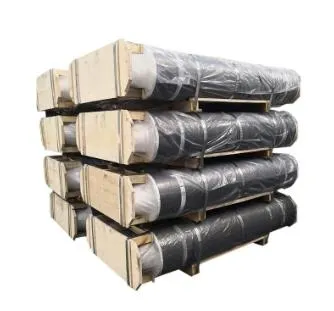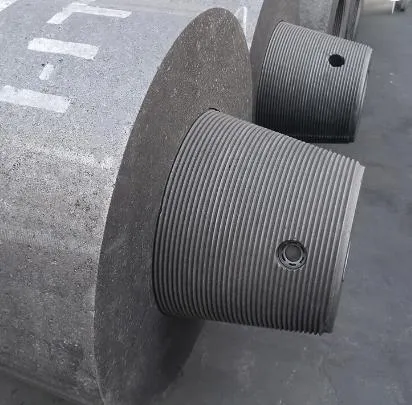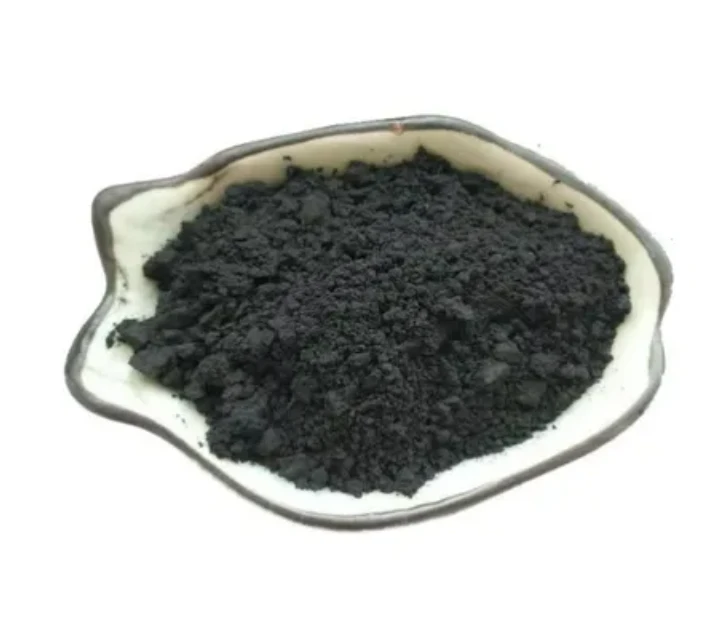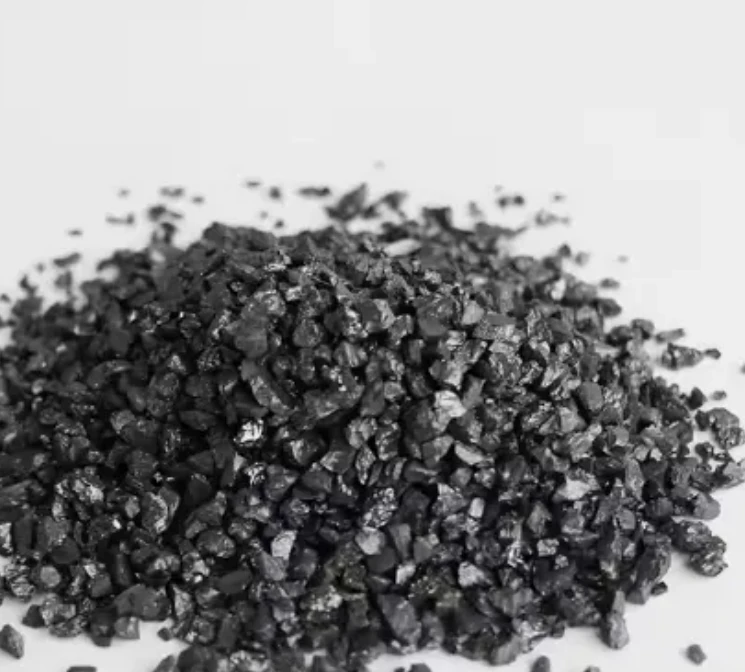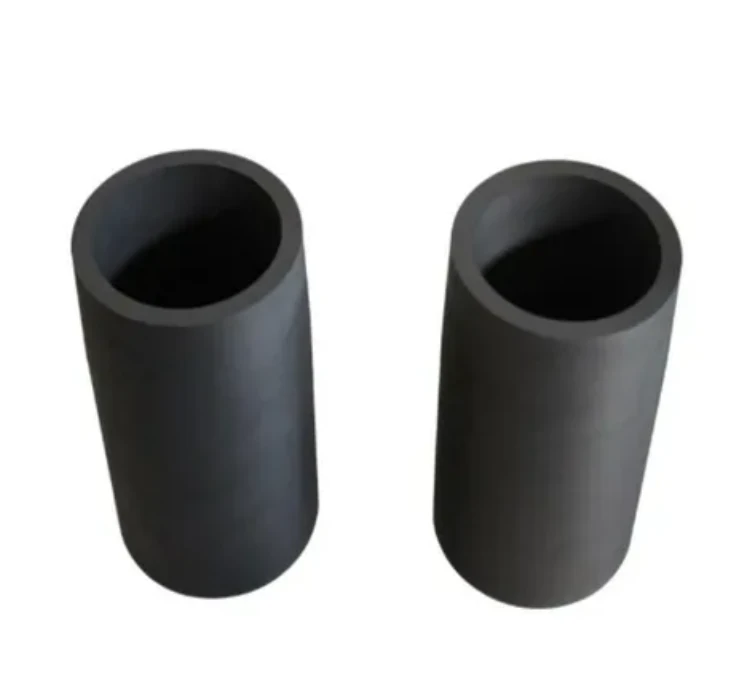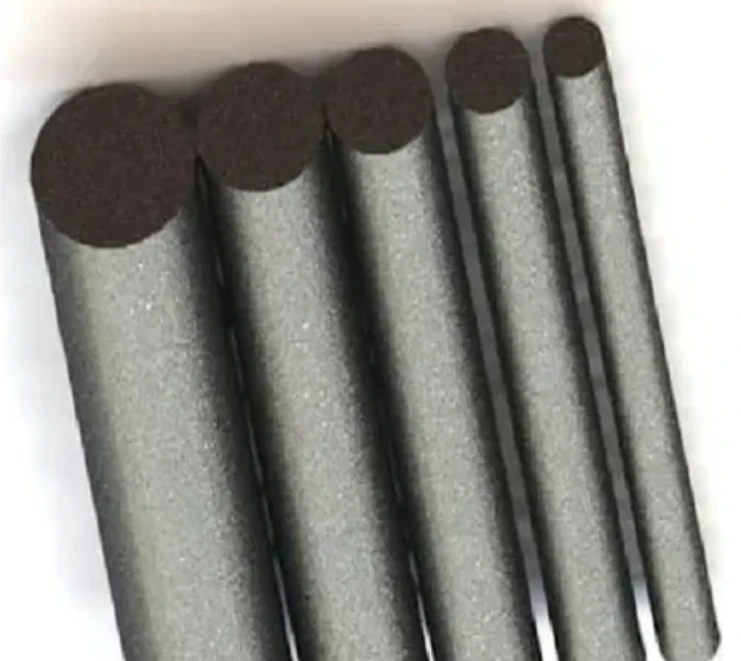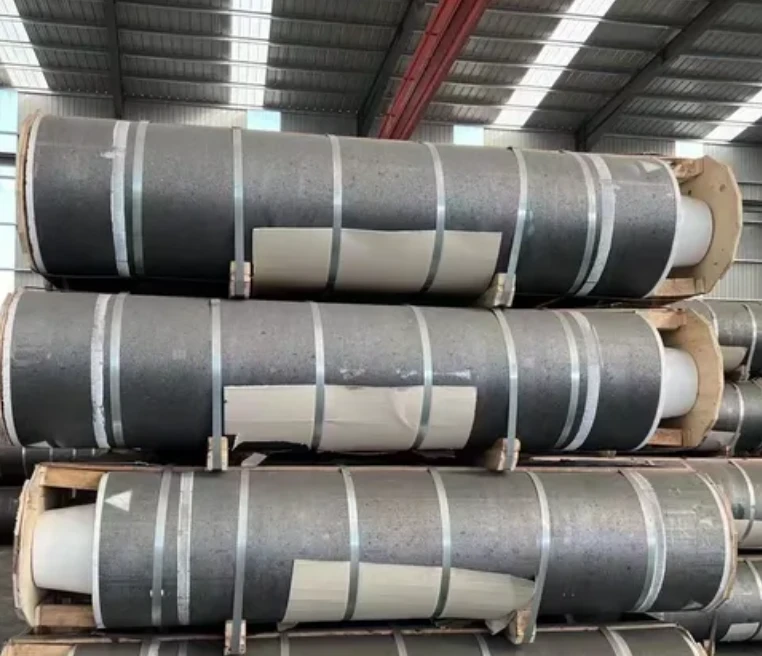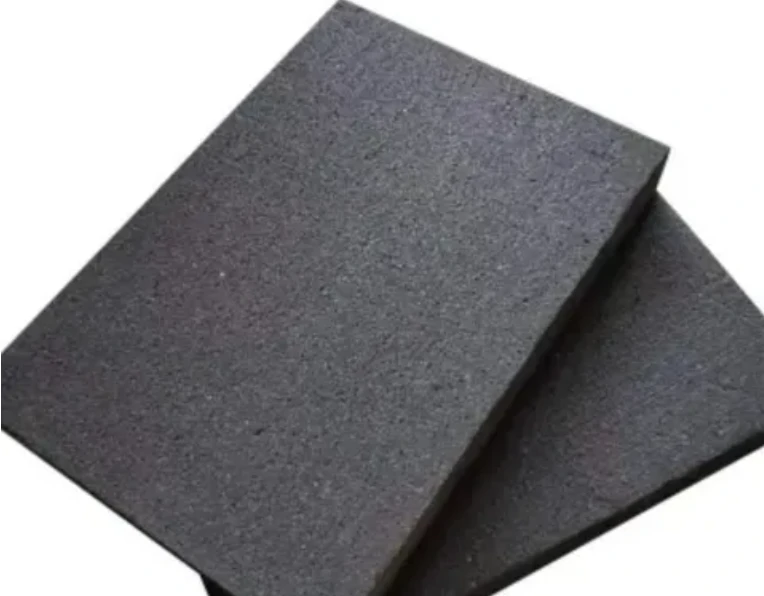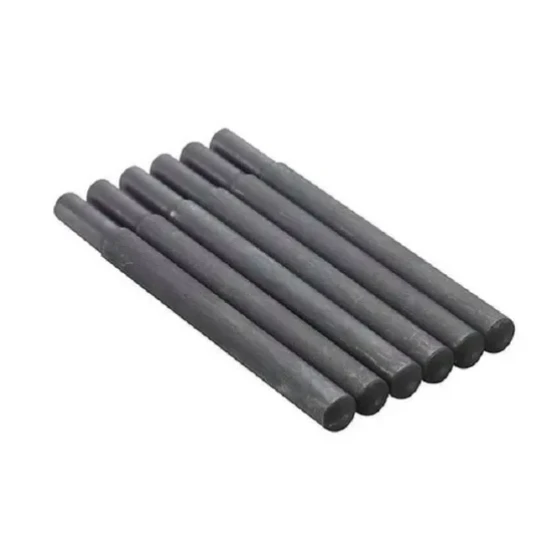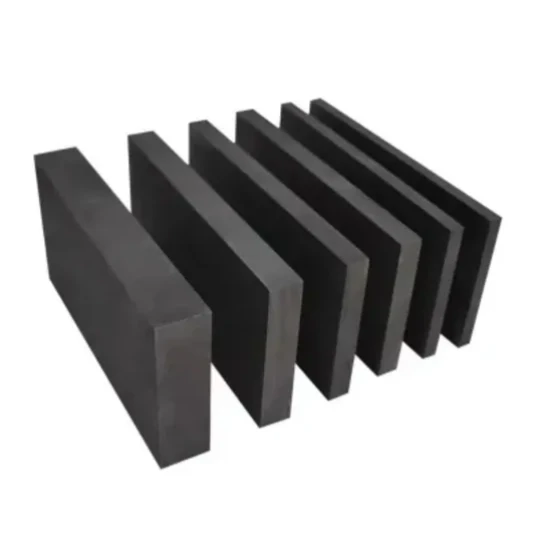- Englist


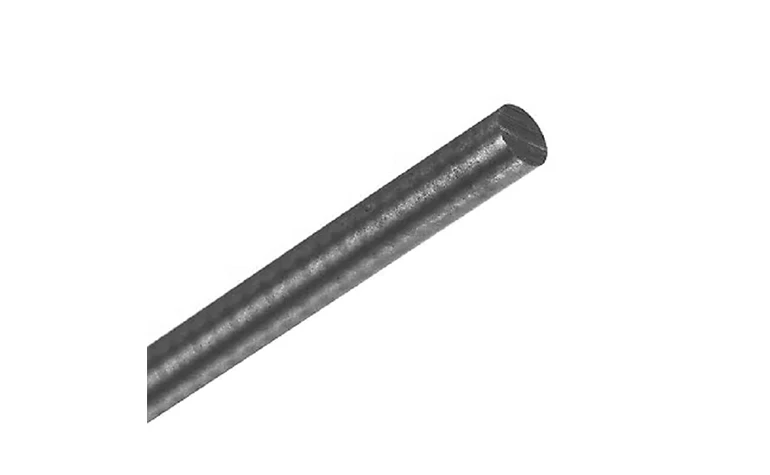
- Understanding Material Composition: Carbon vs Graphite
- Technical Advantages in Industrial Applications
- Performance Metrics: Data-Driven Comparison
- Leading Manufacturers and Product Differentiation
- Custom Solutions for Specific Use Cases
- Real-World Applications Across Industries
- Future Trends in Carbon-Graphite Hybrid Rods

(carbon vs graphite rod)
Carbon vs Graphite Rods: Decoding the Core Differences
Carbon and graphite rods share molecular similarities but differ in crystalline structure and manufacturing processes. Carbon rods typically contain 90-95% pure carbon with amorphous structure, while graphite rods achieve 99% carbon purity through high-temperature graphitization (2,800-3,000°C). This thermal treatment creates layered graphene structures, resulting in 15-20% higher electrical conductivity compared to standard carbon rods.
Technical Superiority in Extreme Conditions
Recent stress tests reveal graphite rods withstand temperatures up to 3,200°C in inert environments, outperforming carbon rods' maximum 2,700°C threshold. In corrosive chemical applications, graphite demonstrates 40% slower degradation rates due to its impermeable structure. However, carbon rods maintain cost advantages in moderate-temperature applications (below 1,800°C), with 30% lower production costs.
Manufacturer Comparison and Specifications
| Manufacturer | Material Type | Tensile Strength (MPa) | Density (g/cm³) | Conductivity (S/m) | Price Range |
|---|---|---|---|---|---|
| Carbolite Ltd | Carbon | 120 | 1.75 | 3.2×10⁴ | $25-$40/m |
| GrafTech | Graphite | 85 | 1.85 | 7.1×10⁴ | $55-$80/m |
| Mersen Group | Hybrid | 105 | 1.78 | 5.3×10⁴ | $45-$65/m |
Tailored Solutions for Industrial Challenges
Customized rod solutions now account for 38% of the global market, with manufacturers offering:
- Density modifications (1.5-2.1 g/cm³)
- Specialized coatings for oxidation resistance
- Composite blends with silicon carbide
Advanced manufacturers achieve ±0.02 g/cm³ density tolerance through isostatic pressing technology.
Industrial Implementation Case Studies
A 2023 aerospace project achieved 22% weight reduction in thermal protection systems using graded-density graphite rods. In semiconductor manufacturing, ultra-pure carbon rods (99.9995%) reduced contamination rates by 47% compared to standard grades.
Innovations in Material Engineering
Recent breakthroughs include nano-reinforced carbon rods with 160 MPa tensile strength and graphene-infused graphite showing 12% improved thermal shock resistance. These developments bridge traditional performance gaps between the materials.
Carbon Graphite Rod Synergy: The Path Forward
The global carbon-graphite rod market is projected to reach $6.8 billion by 2028, driven by hybrid solutions combining both materials' strengths. Emerging applications in hydrogen fuel cells and nuclear reactors demand rods with customizable conductivity (5-9×10⁴ S/m) and thermal expansion coefficients below 4.5×10⁻⁶/°C.
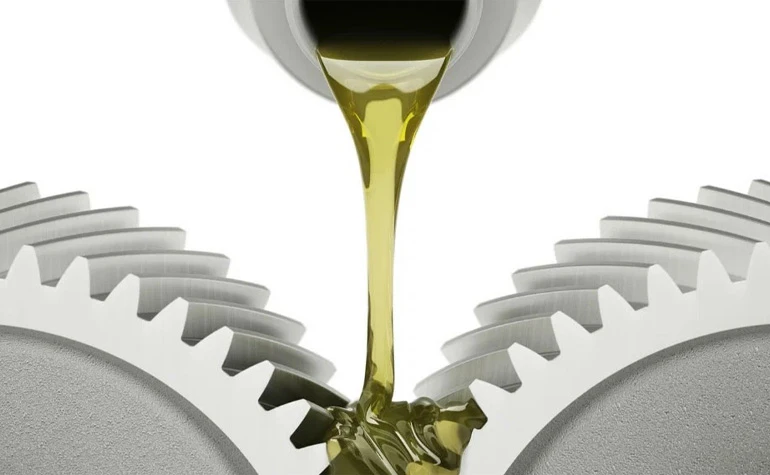
(carbon vs graphite rod)
FAQS on carbon vs graphite rod
Q: What is the main difference between a carbon rod and a graphite rod?
A: Carbon rods are made of amorphous carbon, while graphite rods consist of crystallized carbon. Graphite rods have higher thermal and electrical conductivity, making them ideal for high-temperature applications like furnaces.
Q: Are carbon rods and graphite rods interchangeable in applications?
A: No. Carbon rods are better for structural rigidity and lower-cost uses, whereas graphite rods excel in conductive or extreme-heat environments, such as welding or battery electrodes.
Q: Why does a graphite rod conduct electricity better than a carbon rod?
A: Graphite’s layered crystalline structure allows free electron movement, enabling conductivity. Carbon rods lack this ordered structure, making them less efficient conductors.
Q: Which is more heat-resistant: carbon rod or graphite rod?
A: Graphite rods withstand higher temperatures (up to 3,000°C) due to their stable crystalline form. Carbon rods degrade faster under extreme heat, limiting their use.
Q: Are graphite rods more expensive than carbon rods?
A: Yes. The manufacturing process for purified, crystallized graphite raises costs. However, their durability in demanding applications often justifies the price difference.





 Pervious
Pervious
 Next
Next
